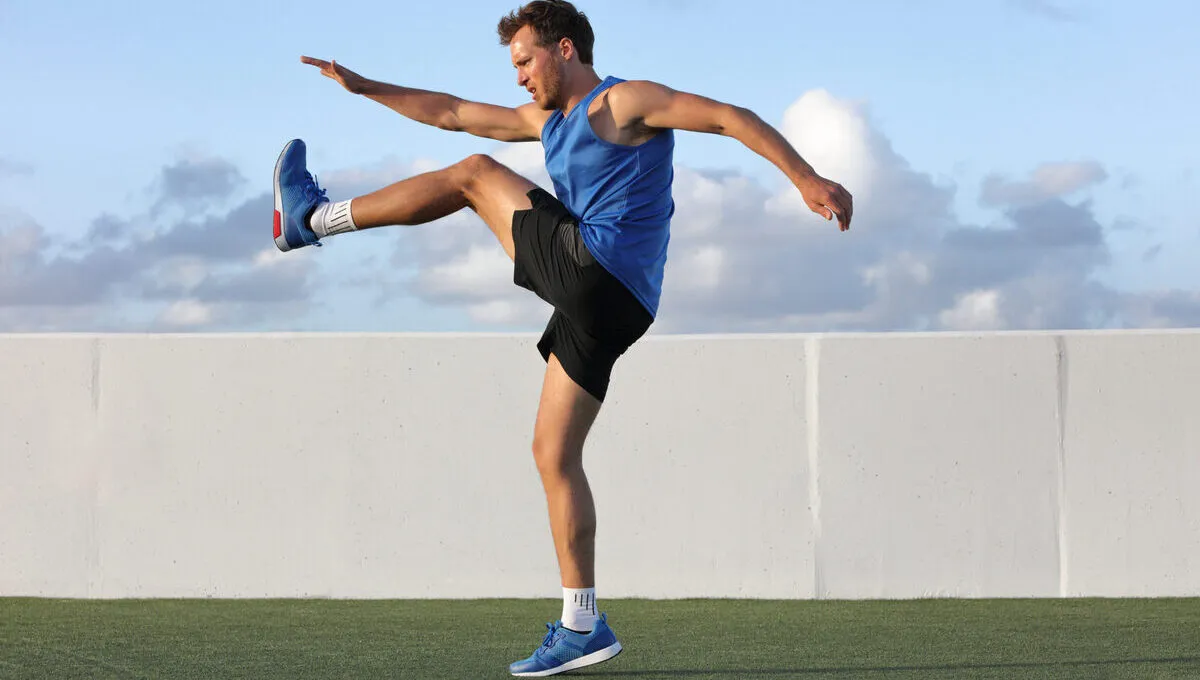On the middle of the 20th century static exercises were not very popular with bodybuilders, who preferred dynamic loads. But the research conducted BY T. Hettinger and E. Muller, gave a significant impetus to the development of static training. It consists in performing exercises when the body and limbs of the athlete do not make any movements.
In this case, the joints are fixed in a certain position, and the muscles are given a load that usually exceeds the one-time maximum of the athlete.
Therefore, static training is recommended to be considered only as an addition to basic classes. It is also necessary to take into account that static exercises should be varied, as muscles quickly get used to the same type of loads.
Types of static loads
Static exercises are performed by athletes both independantly and in combination with other species. Therefore, you can divide the entire isometric training into 3 groups:
- Only static exercises: Performed on fixed simulators.
- Dynamic exercises: Lifting of weights with short-term fixation of them in a certain position.
- Dynamic exercises: Lifting of weights with short-term fixation of them in a certain position.
Many athletes achieve high results, harmoniously combining different types of loads and forming for themselves a whole complex of static-dynamic exercises.
To give the muscles an isometric load, athletes use different positions: Lying or standing, squats. Also, lifts are used on biceps and socks. By the duration of the exercise, they are divided into:
- short – 5-7 seconds;
- medium – 8-11 seconds;
- long – longer 11 seconds.
Perform static training correctly
You should start a static exercise inspired. When it is carried out, the force increases gradually, reaches a maximum, which is not more than 3 seconds A maximum of 2-3 approaches are recommended.
Static training has its supporters and its critics. The most negative attitude to isometric exercises is observed in the environment of athletes seeking to obtain the maximum result in a short time. But if, in an effort to increase muscle mass very quickly, give excessive static load, the consequences for the body will be unpleasant.
Therefore, the effectiveness of static exercises is ensured only by reasonable use of them. They should be short-term, with a small number of approaches and in combination with other exercises.
Conclusion
It is obvious that moderation is required in everything. And static loads should also be approached carefully, without overvoltage. The exercises should be interleaved with sufficient recovery periods. And also it is necessary to remember that isometric loads in themselves will not give full results. They can only be a complement to dynamic training.







